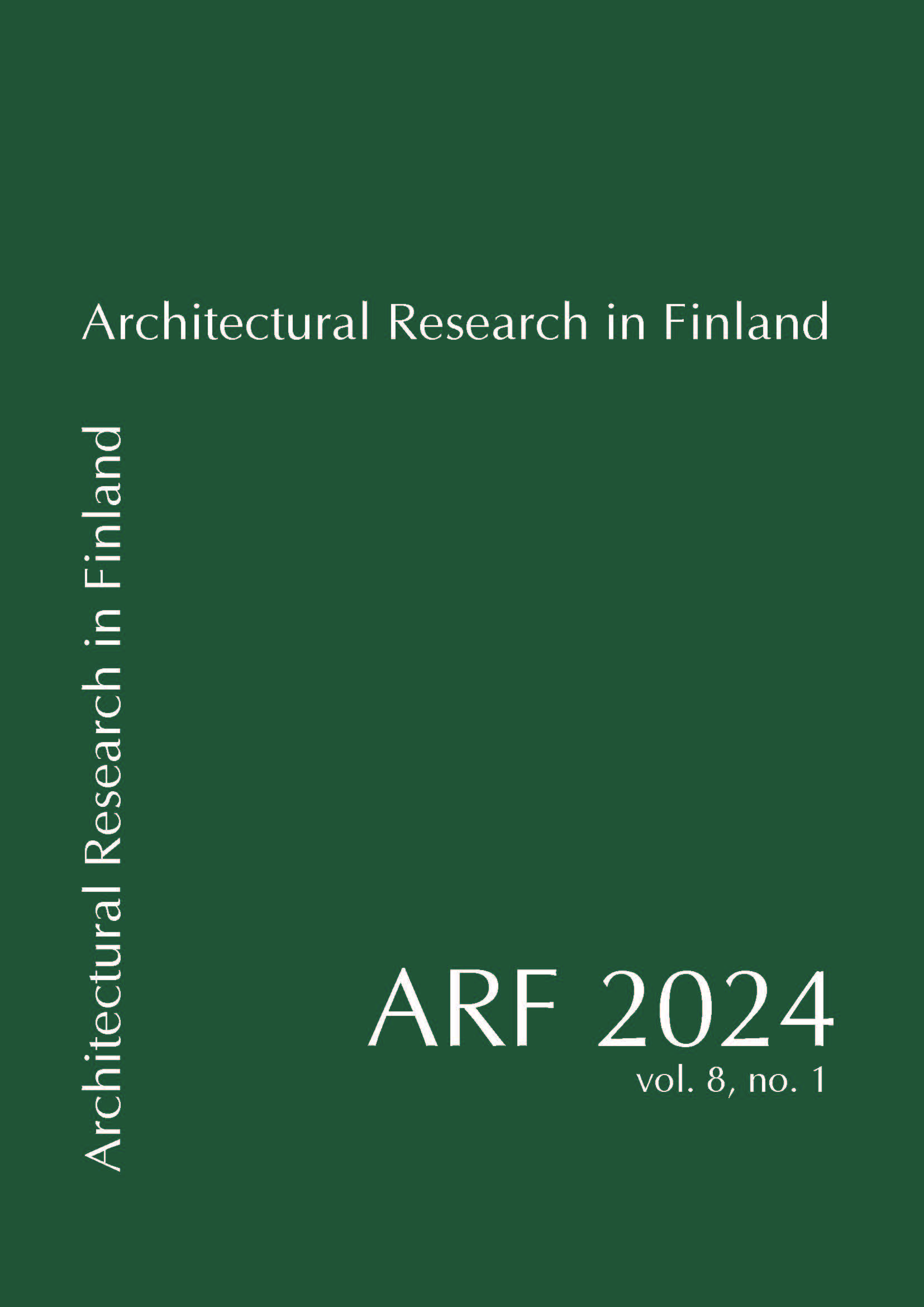Building Management Systems in residential buildings: their role in energy and indoor climate resilience
DOI:
https://doi.org/10.37457/arf.146873Avainsanat:
building management system, home energy management system, resilience, affordability, inclusivityAbstrakti
The building sector contributes to around 39% of the global carbon emissions, and the operation of buildings, and especially residential buildings, is a large contributor. Hence tackling the efficient operation and maintenance of residential buildings is an effective way to reduce energy consumption and carbon emissions and hence contribute to climate resilience. While the operation and maintenance phases of non-residential buildings generally rely on Building Management Systems (BMS), BMS are typically absent in standard housing; instead, residents manage their own homes individually. Through a scoping literature review, this paper investigates the potential of BMS in promoting energy efficiency, indoor climate comfort and long-term resilience (e.g., managing cold periods and heatwaves), and general suitability for the residential environment. Findings show that promoting resilience in residential buildings through the implementation of BMS is not explicitly investigated in the existing literature, instead the focus is on promoting energy efficiency, innovation and climate change mitigation. Furthermore, main BMS are designed based on solely technical parameters, neglecting social and human factors. This study therefore argues for the need to adopt a human-centred design approach to include key aspects of adaptability, flexibility, equity and inclusivity in the design and implementation of BMS in residential buildings. In the end, this paper contributes key aspects for BMS to promote resilience in residential buildings.




